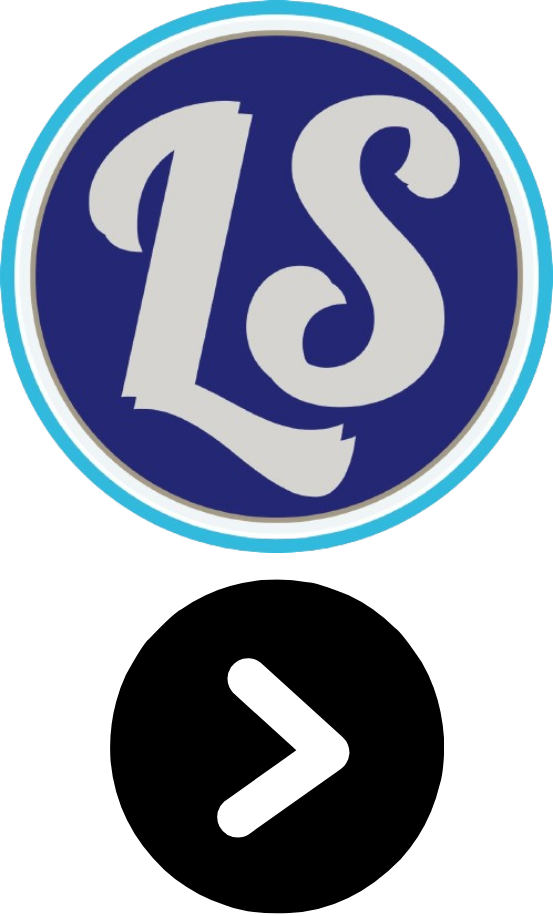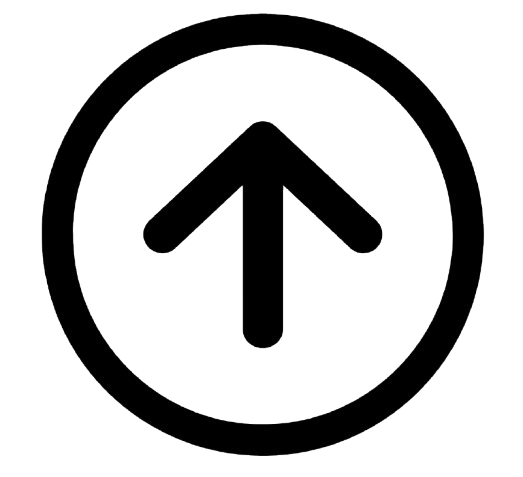| Science NCERT Exemplar Solutions (Class 6th to 10th) | ||||||||||||||
|---|---|---|---|---|---|---|---|---|---|---|---|---|---|---|
| 6th | 7th | 8th | 9th | 10th | ||||||||||
| Science NCERT Exemplar Solutions (Class 11th) | ||||||||||||||
| Physics | Chemistry | Biology | ||||||||||||
| Science NCERT Exemplar Solutions (Class 12th) | ||||||||||||||
| Physics | Chemistry | Biology | ||||||||||||
Chapter 18 Body Fluids And Circulation
Multiple Choice Questions
Question 1. Which of the following cells does not exhibit phagocytotic activity
(a) Monocyte
(b) Neutrophil
(c) Basophil
(d) Macrophage
Answer:
Question 2. One of the common symptoms observed in people infected with Dengue fever is
(a) Significant decrease in RBC count
(b) Significant decrease in WBC count
(c) Significant decrease in platelets count
(d) Significant increase in platelets count
Answer:
Question 3. Which among the followings is correct during each cardiac cycle?
(a) The volume of blood pumped out by the Rt and Lt ventricles is same.
(b) The volume of blood pumped out by the Rt and Lt ventricles is different
(c) The volume of blood received by each atrium is different
(d) The volume of blood received by the aorta and pulmonary artery is different
Answer:
Question 4. Cardiac activity could be moderated by the autonomous neural system. Tick the correct answer:
(a) The parasympathetic system stimulates heart rate and stroke volume
(b) The sympathetic system stimulates heart rate and stroke volume
(c) The parasympathetic system decreases the heart rate but increases stroke volume
(d) The sympathetic system decreases the heart rate but increases stroke volume
Answer:
Question 5. Mark the pair of substances among the following which is essential for coagulation of blood.
(a) Heparin and calcium ions
(b) Calcium ions and platelet factors
(c) Oxalates and citrates
(d) Platelet factors and heparin
Answer:
Question 6. ECG depicts the depolarisation and repolarisation processes during the cardiac cycle. In the ECG of a normal healthy individual one of the following waves is not represented.
(a) Depolarisation of atria
(b) Repolarisation of atria
(c) Depolarisation of ventricles
(d) Repolarisation of ventricles
Answer:
Question 7. Which one of the following types of cells lack nucleus in humans?
(a) Erythrocytes
(b) Neutrophils
(c) Eosinosphils
(d) Monocytes
Answer:
Question 8. Which one of the following blood cells is involved in antibody production.
(a) B-Lymphocytes
(b) T-Lymphocytes
(c) RBC
(d) Neutrophils
Answer:
Question 9. The cardiac impulse is initiated and conducted further upto ventricle. The correct sequence of conduction of impulse is
(a) S A Node A V Node Purkinje fiber A V Bundle
(b) S A Node Purkinje fiber A V Node A V Bundle
(c) S A Node A V Node A V Bundle Purkinje fiber
(d) S A Node Purkinje fiber A V Bundle A V Node
Answer:
Question 10. The cells involved in inflammatory reactions are
(a) Basophils
(b) Neutrophils
(c) Eosinophils
(d) Lymphocytes
Answer:
Question 11. The second heart sound (dubb) is associated with the closure of
(a) Tricuspid valve
(b) Semilunar valves
(c) Bicuspid valve
(d) Tricuspid and bicuspid valves.
Answer:
Question 12. Which of the following correctly explains a phase/ event in cardiac cycle in a standard electrocardiogram?
(a) QRS complex indicates atrial contraction.
(b) QRS complex indicates ventricular contraction.
(c) Time between S and T represents atrial systole.
(d) P-wave indicates beginning of ventricular contraction.
Answer:
Question 13. Which of the following statements is incorrect?
(a) A person of ‘O’ blood group has anti ‘A’ and anti ‘B’ antibodies in his blood plasma.
(b) A person of ‘B’ blood group can’t donate blood to a person of ‘A’ blood group.
(c) Blood group is designated on the basis of the presence of antibodies in the blood plasma.
(d) A person of AB blood group is universal recipient.
Answer:
Question 14. What would be the cardiac output of a person having 72 heart beats per minute and a stroke volume of 50 ml?
(a) 360 mL
(b) 3600 mL
(c) 7200 mL
(d) 5000 mL
Answer:
Question 15. Match the terms given under Column ‘A’ with their functions given under Column ‘B’ and select the answer from the options given below:
Column I
A. Lymphatic System
B. Pulmonary vein
C. Thrombocytes
D. Lymphocytes
Column II
i. Carries oxygenated blood
ii. Immune Response
iii. To drain back the tissue fluid to the circulatory system
iv. Coagulation of blood
Options:
(a) A-ii, B-i, C-iii, D-iv
(b) A-iii, B-i, C-iv, D-ii
(c) A-iii, B-i, C-iii, D-iv
(d) A-ii, B-i, C-iii, D-iv
Answer:
Question 16. Read the following statements and choose the correct option
Statement 1 : Atria receive blood from all parts of the body which subsequently flows to ventricles.
Statement 2 : Action potential generated at sino-atrial node passes from atria to ventricles.
(a) Action mentioned in Statement 1 is dependent on action mentioned in Statement 2
(b) Action mentioned in Statement 2 is dependent on action mentioned in Statement 1
(c) Action mentioned in Statements 1 and 2 are independent of each other.
(d) Action mentioned in Statements 1 and 2 are synchronous.
Answer:
Very Short Answer Questions
Question 1. Name the blood component which is viscous and straw coloured fluid.
Answer:
Question 2. Complete the missing word in the statement given below:
a. Plasma without _________ factors is called serum.
b. ___________ and monocytes are phagocytic cells.
c. Eosinophils are associated with _____ reactions.
d. _______ ions play a significant role in clotting.
e. One can determine the heart beat rate by counting the number of _________ in an ECG.
Answer:
Question 3. Given below is the diagrammatic representation of a standard ECG. Label its different peaks.
Answer:
Question 4. Name the vascular connection that exists between the digestive tract and liver.
Answer:
Question 5. Given below are the abnormal conditions related to blood circulation. Name the disorders.
a. Acute chest pain due to failure of $O_2$ supply to heart muscles
b. Increased systolic pressure
Answer:
Question 6. Which coronary artery diseases is caused due to narrowing of the lumen of arteries?
Answer:
Question 7. Define the following terms and give their location?
a. Purkinje fibre
b. Bundle of His
Answer:
Question 8. State the functions of the following in blood
a. Fibrinogen
b. Globulin
c. Neutrophils
d. Lymphocytes
Answer:
Question 9. What physiological circumstances lead to erythroblastosis foetalis?
Answer:
Question 10. Explain the consequences of a situation in which blood does not coagulate.
Answer:
Question 11. What is the significance of time gap in the passage of action potential from sino-atrial node to the ventricle?
Answer:
Question 12. How will you interpret an electrocardiogram (ECG) in which time taken in QRS complex is higher.
Answer:
Short Answer Questions
Question 1. The walls of ventricles are much thicker than atria. Explain.
Answer:
Question 2. Differentiate between
a. Blood and Lymph
b. Basophils and Eosinophils
c. Tricuspid and bicuspid valve
Answer:
Question 3. Briefly describe the followings:
a. Anaemia
b. Angina Pectoris
c. Atherosclerosis
d. Hypertension
e. Heart failure
f. Erythroblastosis foetalis
Answer:
Question 4. Explain the advantage of the complete partition of ventricle among birds and mammals and hence leading to double circulation.
Answer:
Question 5. What is the significance of hepatic portal system in the circulatory system?
Answer:
Question 6. Explain the functional significance of lymphatic system?
Answer:
Question 7. Write the features that distinguish between the two
a. Plasma and Serum
b. Open and closed circulatory system
c. Sino-atrial node and Atrio-ventricular node
Answer:
Question 8. Thrombocytes are essential for coagulation of blood. Comment.
Answer:
Question 9. Answer the following
a. Name the major site where RBCs are formed.
b. Which part of heart is responsible for initating and maintaining its rhythmic activity?
c. What is specific in the heart of crocodiles among reptilians?
Answer:
Long Answer Questions
Question 1. Explain Rh-incompatibility in humans.
Answer:
Question 2. Describe the events in cardiac cycle. Explain “double circulation”.
Answer:
Question 3. Explain different types of blood groups and donor compatibility by making a table.
Answer:
Question 4. Write short note on the following
a. Hypertension
b. Coronary Artery Disease
Answer:
Question 5. In the diagrammatic presentation of heart given below, mark and label, SAN, AVN, AV bundles, bundle of His and Purkinje fibres.
Answer:

